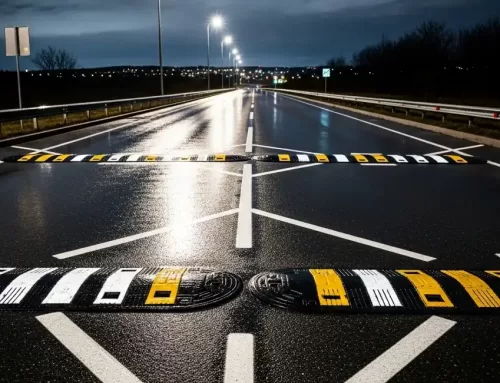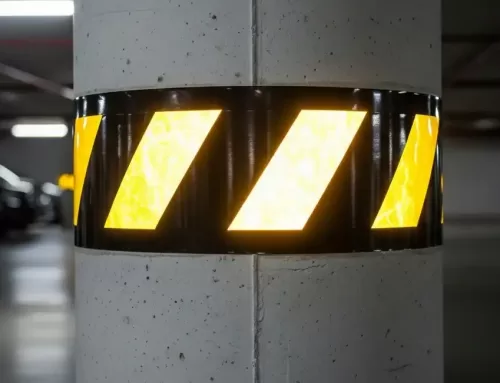Prismatic reflective sheeting ‘s forward thinking.

1. Main technical features of microprismatic reflective film
(1) Raw materials:
The main raw materials used in prismatic reflective materials include photolithography molds, films, etc. The raw materials have a great impact on the quality of the final product. For photolithography molds, reflective material manufacturers are required to have an independent optical design team, high-precision optical engraving capabilities, optical template replication capabilities and high-precision laser welding capabilities. The film used to produce prismatic reflective film has high requirements for transparency, weather resistance, physical stability, and inkjet performance, and different application fields have different requirements for raw material performance.
(2) Process:
The production process of prismatic reflective film is very complicated, with many processes, which can be roughly divided into two main processes: photolithography mold molding and prismatic reflective film curing molding. Photolithography mold forming can be further divided into multiple specific processes such as optical template design, engraving, replication, cutting, ultra-high precision welding, and mold forming. In particular, optical design, engraving, replication and other processes require extremely high technical levels of enterprises. Cutting, welding and other processes have extremely high requirements for operating accuracy and operating environment cleanliness, and are difficult to produce.
In terms of reflective film curing and forming, there are currently two main technical routes in the industry, one is the hot pressing molding technology of pure physical methods, and the other is the photocuring molding technology of physical + chemical methods. The common feature of the two is that the film is attached to the surface of the photolithography mold by energy transfer, and theprismatic structure and pattern are solidified to form stable physical properties. Photocuring molding appeared later than hot pressing molding technology and is more cutting-edge technology. In theory, the micro-prismatic reflective film produced by photocuring molding technology causes less pollution to the environment, and the theoretical retroreflection coefficient of the product is higher. However, due to its unstable product quality, low product yield, and difficult to control production progress in actual production, it has not yet formed large-scale production in my country. At present, only a few international giants such as 3M can stably control the photocuring technology route. Looking at the global market, micro-prismatic reflective films produced by hot pressing molding technology also account for a high proportion, and light curing molding technology needs further research breakthroughs.
Overview of industry development

Prismatic reflective materials are technically difficult and have many core links. Most other domestic companies are still in the research and development stage or small-batch production stage, and the product quality is relatively unstable, and domestic substitution has not yet been fully achieved. At present, the domestic market share of prismatic reflective materials is still mainly occupied by foreign companies.
Foreign manufacturers benefit from the early awareness of safety precautions in developed countries, and reflective materials have been used in traffic safety and other fields earlier. Compared with domestic reflective material manufacturers, foreign companies have certain first-mover advantages in product brand influence, product research and development innovation, and market application. China’s reflective materials started late, but based on my country’s sound industrial supporting system and industrial support policies, it has developed rapidly. At present, it has led other reflective material producers in the world in terms of production capacity and export scale. However, due to cost control, industrial chain and other factors, well-known foreign brands have transferred part of their production capacity to China, and domestic companies have carried out OEM production.
There are challenges in achieving domestic substitution of high-end reflective materials
In recent years, with the continuous improvement of the research and development capabilities of domestic reflective material companies, with stronger cost control capabilities, domestic substitution has been achieved on a large scale in the low-end and mid-end markets, and it is expected to continue to achieve domestic substitution in the high-end market in the future. Foreign companies have huge first-mover advantages in terms of brand awareness, technical level, and product quality. Domestic companies started late and have a short history of industry development. There is still a big gap between domestic companies and them in the field of high-end products.





